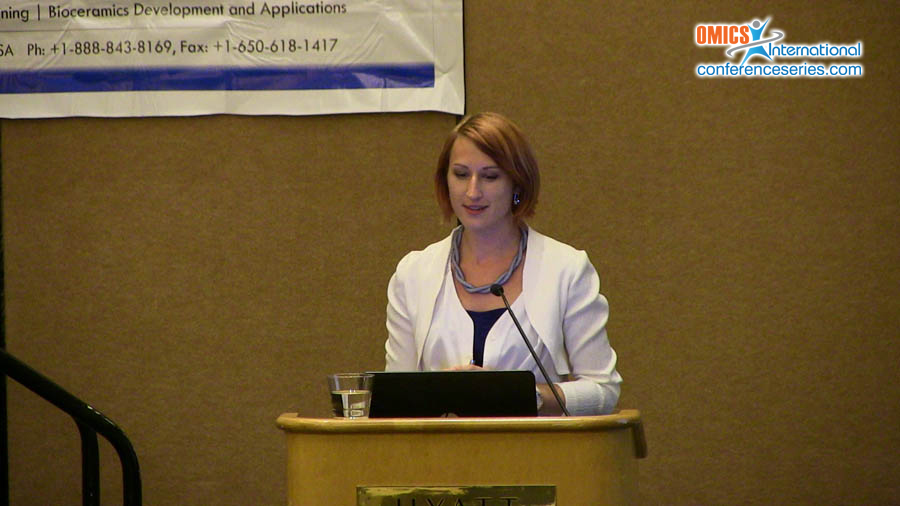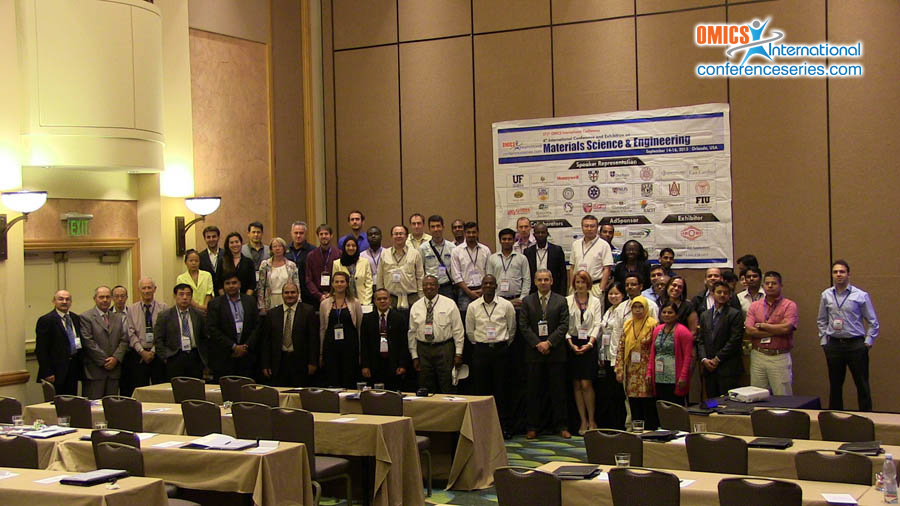
Lenka Techniková
Technical University of Liberec, Czech Republic
Title: A comparison of two different principles of 3D surface reconstruction with regard to fabric defect detection
Biography
Biography: Lenka Techniková
Abstract
This paper compares efficiency of two different methods for 3D fabric surface reconstruction with defects. Efficiency of the methods is evaluated according to the accuracy of 3D reconstruction, especially to detection of fabric defects and their respective characteristics. In this case, the defects of a fabric mean pills. Pills are small balls of entangled fibers on top of a fabric surface and they occur on every type of fabrics. Existing methods for pilling evaluation have tried to find an effective procedure for detection of pills in a fabric image. It is very important to obtain an accurate method for 3D surface reconstruction and subsequent detection of pills. In the present study, the tested methods differ in principle of creation of 3D surface. First method (method A) is called gradient filed method. In method A, the fabric is illuminated successively from four sides, one after another, to obtain a set of four images. The principle of this method is based on use of the shadows of pills from these four images. Subsequently, two gradient images of the fabric are estimated from the set of four images. A special algorithm reconstructs the fabric surface in 3D using just these two gradient images. Second method (method B) uses noncontact laser profilometry for 3D surface reconstruction. Instrument Talysurf CLI 500 was used to trace the surface fabrics and to reconstruct the profile of the fabric surface. Method B is more time consuming and expensive than method A. Results showed that the method A should be more reliable for this purpose.



